10 Essential Ways To Spot And Treat Evans Syndrome In Pets

One moment, your pet is full of energy; the next, it’s sluggish and covered in bruises. Confusing, right? Evans Syndrome turns the immune system against the body, attacking red blood cells and platelets. First, we’ll uncover the warning signs. Then, we’ll get into the treatments that can help your pet fight back.
Symptom: Pale Gums And Lethargy

A bright-eyed, playful pet suddenly turns sluggish. When fewer red blood cells carry oxygen, energy takes a nosedive. Gums lose their healthy pink hue, and fatigue sets in fast. If your pet prefers napping over eating or playing, it’s time for a closer look.
Symptom: Rapid Breathing And Elevated Heart Rate

Have you ever noticed your pet breathing too fast, even at rest? The heart and lungs go into overdrive when the body struggles for oxygen. A racing heartbeat and panting aren’t always due to exertion; they could mean Evans Syndrome is silently draining your pet’s strength.
Symptom: Jaundice And Dark Urine
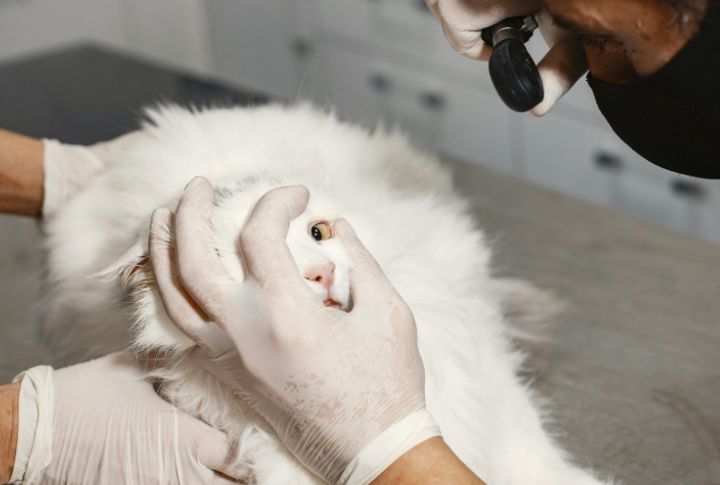
Noticing a yellow tint in your pet’s eyes or skin? That may be a severe warning. The quick breakdown of red blood cells leads to a buildup of bilirubin in the body, causing jaundice. Dark urine is another red flag showing the kidneys are under stress. These symptoms call for an urgent vet visit.
Symptom: Unexplained Bruising And Bleeding
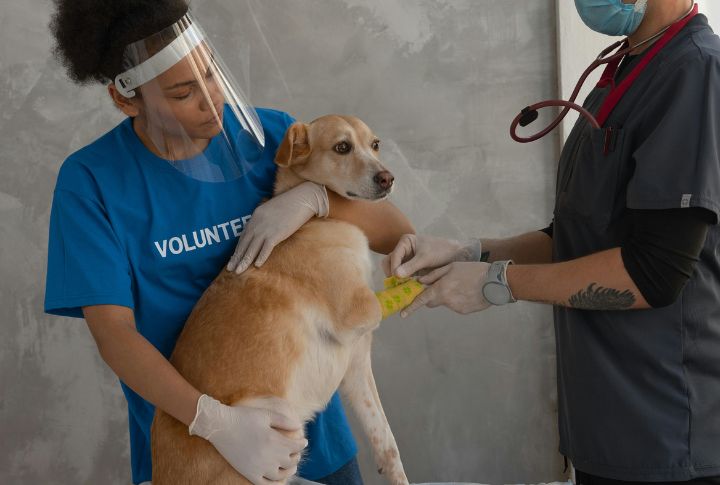
Bleeding gums, nosebleeds, or red splotches on the skin aren’t just random occurrences. Clotting takes a hit when platelets drop, making even minor injuries look dramatic. If your pet is suddenly covered in bruises from minor bumps, Evans Syndrome may interfere with its healing ability.
Symptom: Fever And Decreased Appetite

Evans Syndrome often triggers fever by making pets feel drained and uninterested in meals. If your once-hungry friend suddenly loses interest in food, it’s time to investigate. Your pet sniffs its food but walks away, barely eating. It’s not being picky; it may be unwell.
Treatment: Immunosuppressive Therapy
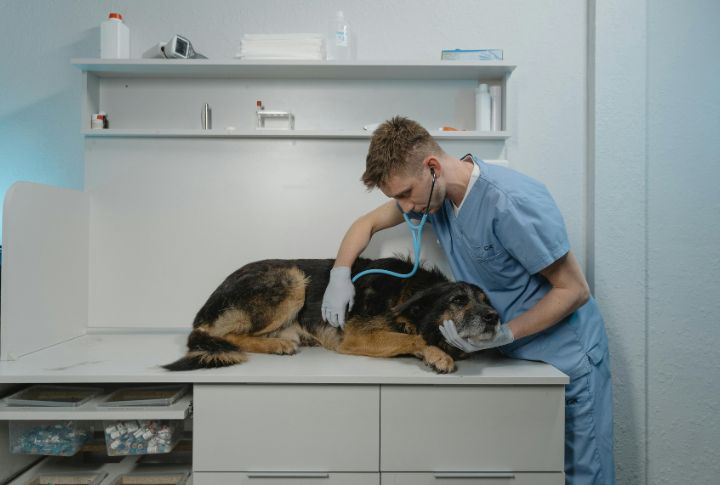
The immune system needs to stop its attack and fast. Steroids like prednisone are the first line of defense, calming the body’s overreaction. In more challenging cases, more potent immunosuppressants step in. The goal? Protect red blood cells and platelets before the damage goes too far.
Treatment: Blood Transfusions
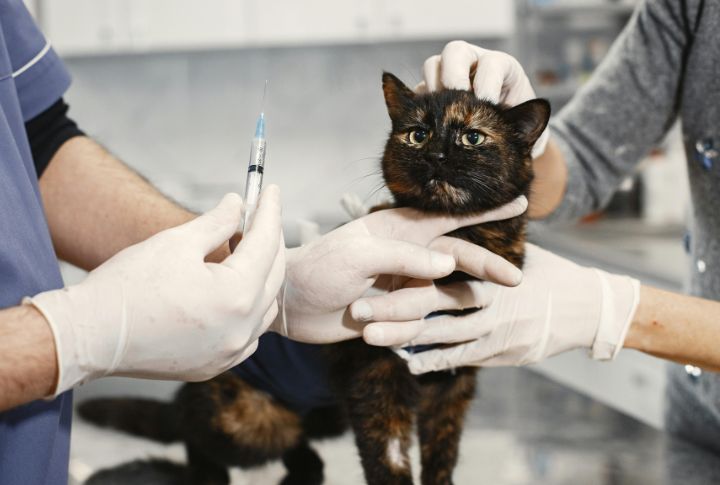
When anemia reaches dangerous levels, a blood transfusion becomes the lifeline. It doesn’t stop the disease, but it buys precious time. Fresh red blood cells restore oxygen levels by giving your pet a fighting chance while other treatments take effect.
Treatment: Addressing Underlying Causes

Infections or even cancer can sometimes set Evans Syndrome in motion. Identifying the underlying trigger is important because treatment depends on knowing what’s fueling the attack. Sometimes, a vet-prescribed antibiotic can change everything, but only if the true culprit is uncovered first.
Treatment: Supportive Care Measures

Creating a stress-free home and ensuring proper nutrition go a long way in managing Evans Syndrome. Since steroids can be harsh on digestion, protecting the gut with anti-ulcer medication is essential. Careful monitoring helps catch issues early, which makes minor adjustments that improve your pet’s overall well-being.
Treatment: Long-Term Management Strategies
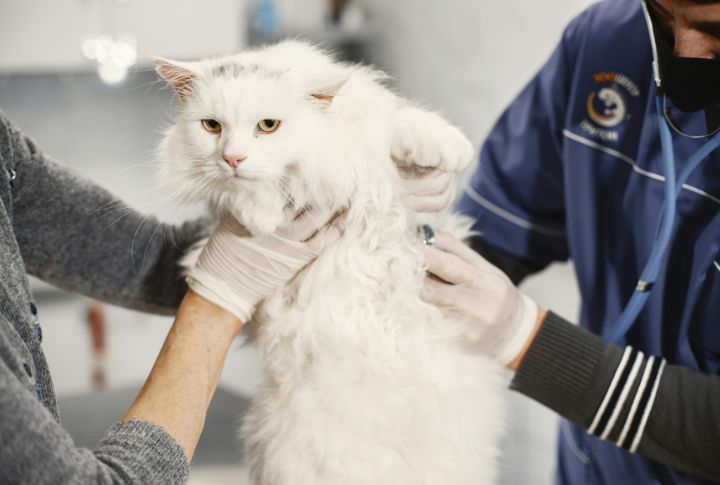
There’s no magic cure, only careful management. Cautious medication adjustments and routine vet visits play a significant role. Avoiding immune triggers, such as unnecessary vaccinations or working with your vet to tailor a schedule, helps reduce the chance of relapse. These steps all support long-term stability.





